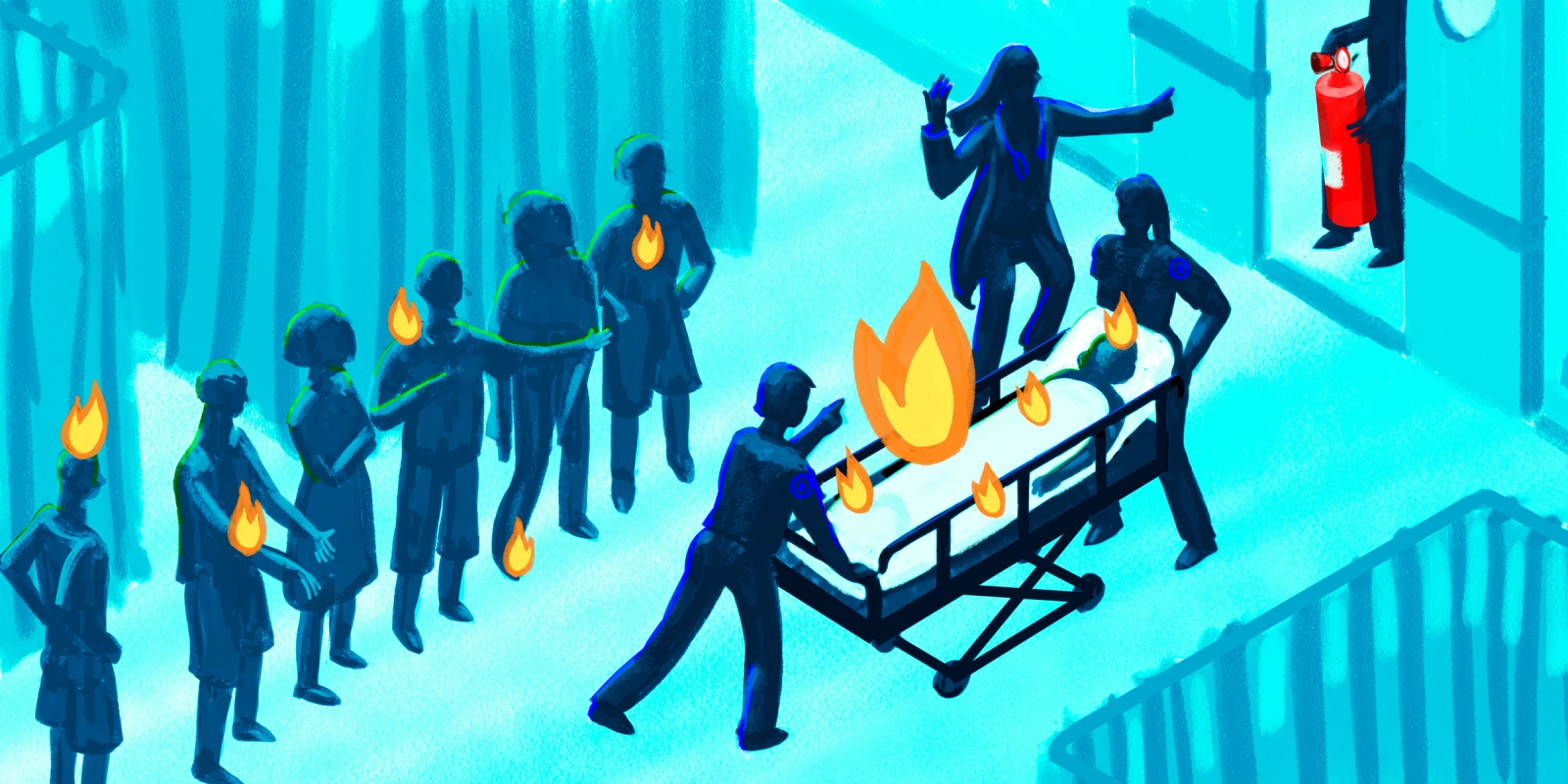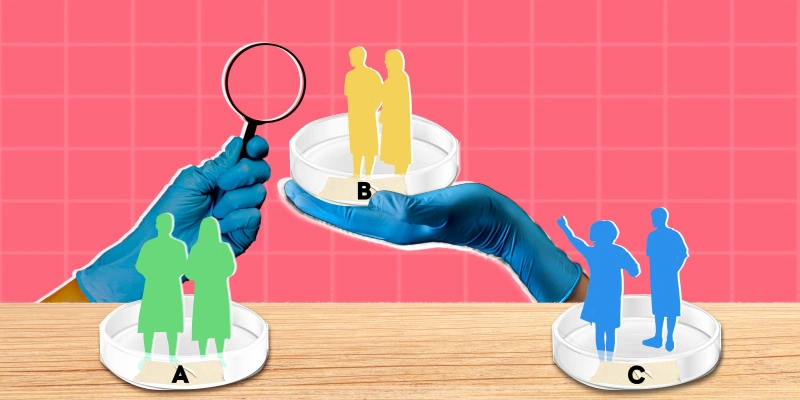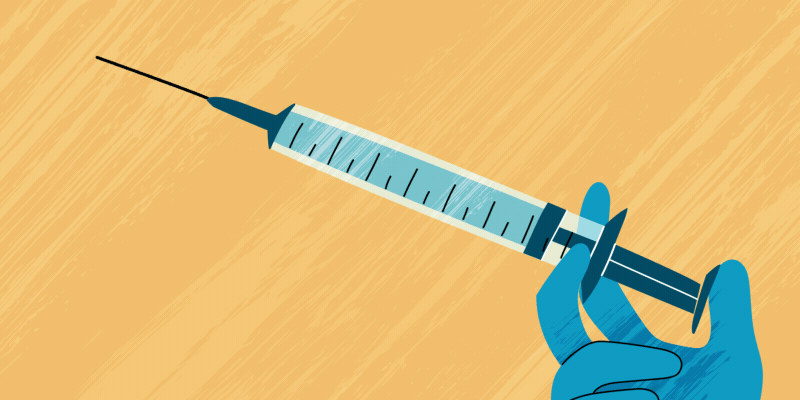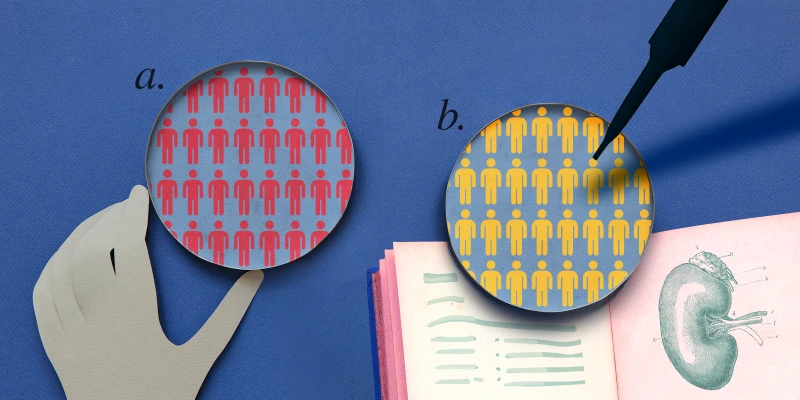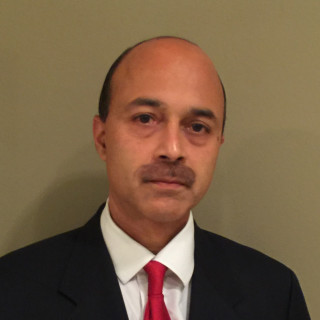When I first learned about emergency medicine, I assumed the job was all medical miracles, just-in-time interventions, and nonstop lifesaving action. Working in the ED sounded glamorous, and I was keen to be a part of that world.
It turns out this isn’t entirely the case, but much to my co-residents’ amusement, I still think our jobs are flashy and exciting. However, contrary to my earlier perception, I’ve started to understand the ED as more than just a place where only emergencies happen. Instead, I see the ED as the “department of unscheduled care.” During a shift, I may care for a patient in cardiac arrest or one who has suffered a significant trauma. More often, though, my patients come in seeking help with their chronic conditions, sometimes because they’ve decompensated, and other times for routine care they aren’t able to access through their PCPs.
I’m grateful our health care system has the ED as a safety net. But caring for a large volume of patients, both emergent and less acute, has consequences, not the least of which are long wait times to be seen, treated, and ultimately admitted or discharged.
Initially, I took comfort in the fact that patients waiting longer to be seen are less likely to be gravely ill, trusting the ED triage system to prioritize rooming patients with conditions that are immediately life- or limb-threatening. However, as staffing shortages, limited inpatient beds, and the boarding crisis continues to worsen in EDs, even our sicker patients may wait hours to be seen. More than once, I’ve been surprised to find how ill a patient appears after they’ve finally been roomed in the ED — or more often, moved from the waiting room to a hallway spot.
Medicaid cuts will exacerbate these problems. On July 3, 2025, the “One Big Beautiful Bill” was passed, promising to cut Medicaid and the Children’s Health Insurance Program (CHIP) funding by more than $1 trillion. According to the Congressional Budget Office, an estimated 7.8 million additional individuals will be without health insurance by 2034, worsening an already existing problem of underinsurance. Some patients without insurance may avoid seeking care because they are unable to pay for it, which can have deleterious, if not life-threatening, impacts on their health. Others will continue coming to the ED, where care will remain available to anyone, at any time, for anything. EDs providing uncompensated care will absorb this cost for their patients, and departments with strained budgets are likely to experience staffing cuts, have fewer resources to offer, and, of course, longer wait times for care.
I am particularly concerned about the impact Medicaid cuts will have on vulnerable patient groups, including the elderly, residents of rural areas, and those with low income or underinsurance, who are more likely to be Medicaid recipients. Rural hospitals across the U.S. are already under significant financial stress, with 44% of rural hospitals operating at a financial loss in 2023. Under the administration’s proposed legislation, an additional 1.8 million rural residents are projected to lose Medicaid coverage in the next 10 years. The outlook for rural hospitals is bleak — a steep decline in Medicaid funds for rural hospitals is likely to tip already struggling hospitals over the edge. When rural hospitals close, the patients they formerly served don’t simply stop needing medical care. Instead, they are forced to travel long distances to fewer hospitals, which will struggle to absorb an increase in patient volume. And wait times to be seen? They’ll increase for all of our patients.
In the ED, we are problem solvers. Every shift, we use our creativity, clinical experience, and communication skills to try to help our patients. Despite problem-solving being a force of habit in the ED, the challenges looming in our health care system are daunting. EDs are getting ready to take care of more patients, but with fewer resources. Medicaid cuts will make it harder to set up safe discharge plans for our patients, and collaborating with our social work and case management colleagues will be essential to help patients avoid slipping through the cracks. As more patients lose insurance, it will require vigilance to spot those in our overflowing waiting rooms who are sicker than they seem. And outside of the ED, it remains crucial to speak out on how public health failures turn into clinical emergencies.
In the meantime, the ED will be there for anyone and everyone who needs it.
How do you anticipate the cuts affecting your work? Share your plan to work around them in the comments.
Dr. Anjali Misra is an EM resident in Boston, MA. She is passionate about health equity, prehospital care, and public health. She was a 2024-2025 Doximity Op-Med Fellow.
Illustration by Jennifer Bogartz
